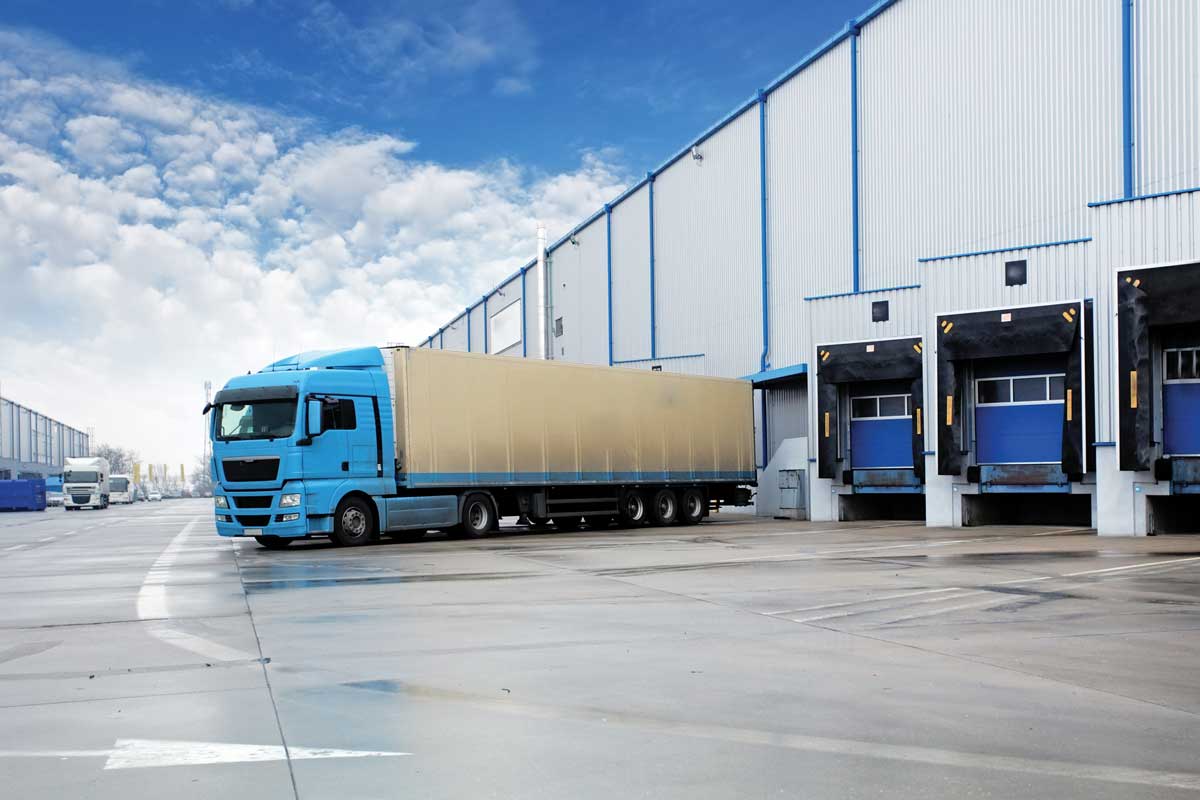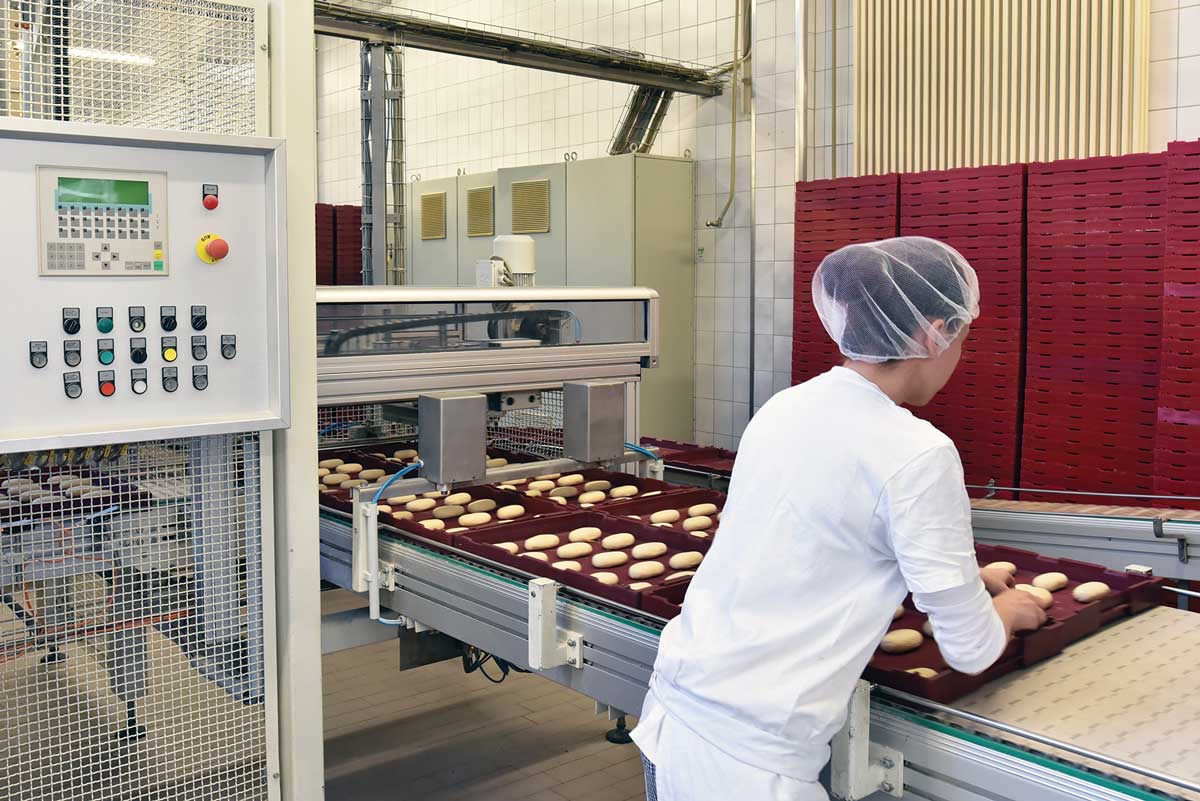When bakeries look to expand operations with a new plant, finding the right place to land can be more complicated than anticipated. The real estate might seem as straightforward as size and location, but there’s a lot more that determines if a site is going to meet the company’s future needs. No one wants to drop millions of dollars purchasing land or a building only to discover it isn’t zoned for manufacturing or the infrastructure mitigation is going to cost too much time and money.
The well of variables to consider for a new site is deep.
“It can be very overwhelming when companies try to take on site searches themselves,” said Courtney Dunbar, site selection and economic development leader for the global facilities group, Burns & McDonnell. “We can come in and help them do the diligence effectively.”
This means looking at the full package instead of using a piecemeal approach to match a new facility’s needs with what potential sites can deliver. Many of these needs depend on one another so that taking each piece individually is impossible. It’s important for baking companies to identify operation size, utilities, infrastructure, labor, zoning and more and weigh them appropriately for comparison as they shop different sites.
“It’s an analysis, and as engineers, we try to boil that down into common elements for analysis,” said Darrin McCormies, senior vice-president, director of industrial services, Epstein. “For us, it’s dollars and cents. If we can make it universally comparable in dollars and cents, that’s pretty easy to measure.”
While bakeries can do this research and analysis on their own, it can be a full-time job, and third-party consultants help not only navigate the sheer volume of data points but also provide meaning to that data.
Planning for the future
Before the search for a new bakery site begins, it’s vital that the baking company has a clear idea of what the finished bakery will look like. Without understanding the needs of the new facility, it’s impossible to find a site that’s going to best meet them.
“The first question any baker or food processor needs to ask what are their objectives for the new facility,” said Brian King, A M King founder and president. “Are they seeking growth opportunities? Are they trying to meet increased customer demands? Is their focus to upgrade from an old and tired facility? Do they desire to automate their business? These and other drivers need to be considered first.”
With these primary questions answered, baking companies can move onto the preliminary planning phase when they visualize the new plant and start breaking down its needs.

“Your operations will likely have certain governmental, food safety, processing and structural requirements, so it’s important to take these into consideration when selecting a site,” said Tom Boll, vicepresident, project development, Stellar.
A good place to start is determining what products will be made there, its capacity and optimal layouts. From that point, bakers can determine the square footage, utility, truck traffic and even labor needs. These will help determine where a bakery sets up shop. It’s important to look at the impact on supply and distribution chains, according to Greg Janzow, director of food safety at Gray Construction.
“A transportation study could be useful to determine costs from ingredient suppliers to customer distribution locations,” he said.
Frank Spano, managing director, The Austin Co., elaborated by urging baking companies to weigh out not only costs of inbound and outbound freight but also the various methods.
“What’s the method of shipment? Is it rail? That will limit the sites you’re considering,” he said. “With respect to logistics, you have to look at modes of transportation and then, obviously, your final destinations.”
While a new facility may meet a need for an expanding business, it also would be irresponsible not to take into consideration future expansions. It’s tragic to build a new plant only to have it land-locked when years later the company must expand again.
“Even if you’re trying to find something today, consider the chances of future expandability because that will tell you if you need a lot more acreage than you need today,” said Allen Baiamonte, engineering, procurement and construction project manager in food and consumer products group, Burns & McDonnell.
Getting technical
Once a company has established the facility needs, it’s time to dig into the nitty gritty details of site considerations. This goes beyond finding the right acreage for the new bakery to sit on but delves into zoning, utilities, infrastructure, environmental concerns and even the neighbors. These factor into whether a site is appropriate for the new plant.
In every county or city, land is zoned for particular uses, from residential to industrial. The potential site should be zoned appropriately for manufacturing use.
“You don’t want to get too far down the path only to find you have a long process to establish that particular use that a bakery can be based there,” Mr. McCormies said.
Without understanding the needs of the new facility, it’s impossible to find a site that’s going to best meet them.
If a site isn’t zoned for manufacturing, a company can reach out to the powers-that-be to get it rezoned, but that is a process that takes time and is not always successful. It’s easier to rezone a property if the existing zoning isn’t a far jump from bakery manufacturing.
“You’re probably not going to site a bakery in a residential area; that is likely to be a no,” Mr. McCormies explained. “If you’re on the edge of a commercial district or light industrial, potentially that could be rezoned. It’s worth a conversation with the local authorities.”
Zoning also has an influence on who the neighbors are going to be, and as a food manufacturer, it’s unwise to overlook this.
“Certainly, you don’t want to locate next to heavy industrial uses,” Mr. Spano said. “Even food processors can emit an odor you don’t want your product to be next door too. If you’re in an industrial or business park, I would look at neighbors within a few miles and even look at the prevailing winds and how they could impact your product.”
After zoning, it’s important to verify what utilities and infrastructure access are available. When planning the facility, baking companies should know their power, water and sewage capacities as well as the expected truck traffic. When it comes to utilities, does the site already have access to the necessary electric, natural gas, water and sewage lines to get the bakery up and running?
“If not, additional time and expenses may be required to make the site suitable for your facility,” Mr. Boll said.
Companies might have to extend utility lines to the site or increase the capacity of existing utilities to power the plant. And don’t forget the cost of utilities in the area.
The same is true for infrastructure. At a base level, companies need to know if roads already exist going to the site. If not, extending existing infrastructure to the site is going to be an additional cost. And then, is the site easily accessible to the interstate, and can it withstand trucks and the forecasted traffic needs? While many of these issues can be mitigated, the cost could be too high.
Tapping into workforce
If a site can support a new building, that’s great, but it’s not the end. The next piece that can make or break it is the community: Can the region provide employees to run the plant?
“It’s crucial to analyze the labor market in the location you are considering for your bakery,” Mr. Boll said.
This requires evaluating the unemployment rate, available labor and local economy.
Some indicators can give away whether a community can support manufacturing. Local education programs at technical schools and colleges can signal an employment pool with appropriate skills. While competition in the area may seem like a negative, Mr. Spano argued that it can indicate a community that supports manufacturing.

“Look at competition within the food and beverage industry,” he said. “Competition isn’t a bad thing. There can be too much, but having some other companies in the area can be good because it shows a background of training these types of skills.”
Companies should also evaluate local demographics for clues about the workforce availability, specifically the age range of 25 to 44 years old.
“That’s going to be your workforce,” Mr. Spano said. “You want to look at that age range now, its percentage in relation to the entire population and do some forecasting to see how that population may change in 5 or 10 years.”
Baking companies should also be prepared to pay higher wages for the major positions: mixers, mechanics, production workers and other positions. Those should be evaluated against what workers in that area are routinely paid for similar work or even any prevailing wage rates in the area.
Weighing the variables
When looking for the perfect site, the variables can be overwhelming. Every piece influences the others. With so much to untangle, prioritizing is key. Mr. McCormies suggested focusing first on the deal-breakers, issues that cannot be mitigated at all.
“Some of these things, like the legal authority to build on a site, are just a yes or a no,” he said.
These could be issues of zoning or a site that is just too small to accommodate the plant and stormwater mitigation.
After these non-negotiables, cost has the biggest say in what gets prioritized, whether that’s in time or money. Utilities, infrastructure and constructability can all be mitigated, but if resolving those issues pushes too much on the schedule or costs too much money, those obstacles could become insurmountable.
It also comes down to the individual facility’s or business’ values and needs. What’s important to one company’s product or process might not be as important to another’s.
“It is very much dependent on what we find out from that company and what they tell us is extraordinarily important to less important in their list of needs,” Ms. Dunbar explained. “They need to know what they need, and then we’re able to help them match with a site.”
To help wade through the immense amount of variables, Mr. Baiamonte suggested using a matrix to organize the considerations and give them each a value according to a baking company’s priorities. This method allows bakers to compare sites objectively and make a more informed decision.
A successful site selection, however, is only as good as the data.
“Do your homework first,” Mr. Baiamonte said. “Do enough due diligence so you can quantify things in terms of acreage needs, building size, utilities, labor and all the things that come into play because these are the things that really impacts your site selection.”




